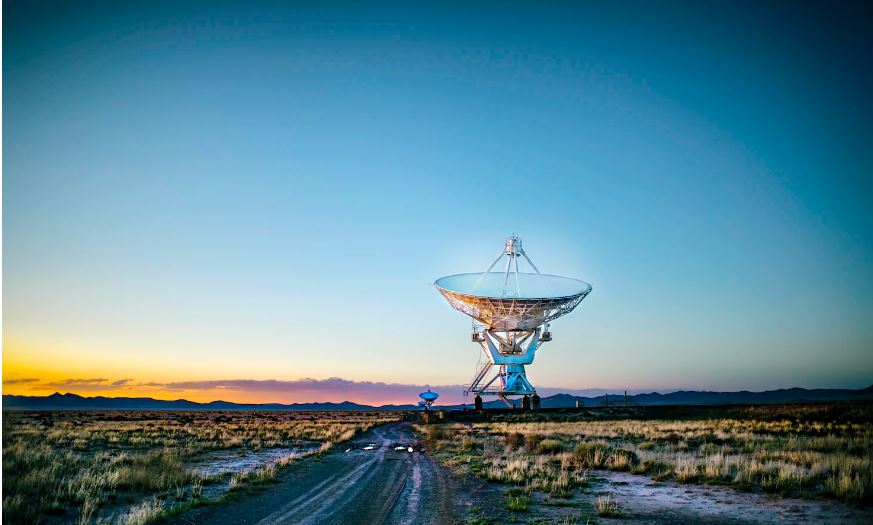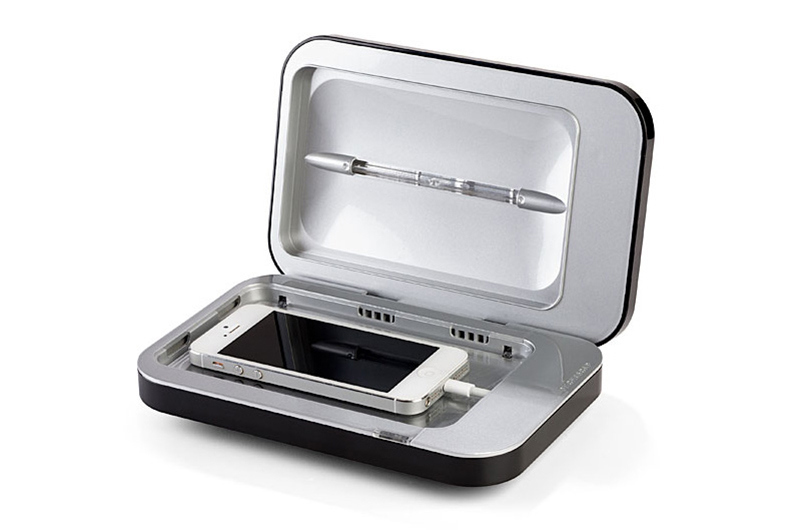Building Beyond the Atmosphere: Crucial Elements of Satellite Construction
In the vast expanse of space, satellites stand as remarkable testaments to human ingenuity and scientific progress. These orbiting marvels play essential roles in communication, navigation, Earth observation, scientific research, and much more. Behind their seemingly effortless operations lie intricate processes and a symphony of technological components that work harmoniously to achieve their missions.
In this blog post, we will delve into the crucial elements of satellite construction, exploring the intricate web of science, engineering, and innovation that propels them beyond Earth’s atmosphere.
Contents
1. Payload design and integration
Every satellite must have a clear purpose, and at the core of achieving that purpose lies the payload. The payload is a highly complex collection of instruments and equipment designed to meet the specific objectives of the satellite. Whether it’s for Earth imaging or scientific research, payload design and integration are paramount.
The most skilled engineers must ensure that every piece of equipment works together harmoniously and perfectly to deliver accurate and relevant data. It’s no easy task, but the successful completion of such a mission is crucial to the success of the satellite and its overall contribution to whatever field it’s serving.
2. Structure and framework
The environment beyond the Earth’s atmosphere is as harsh as it sounds – extremely unforgiving. Satellites orbiting around our planet are exposed to a myriad of challenges such as drastic temperature changes, intense radiation, and a vacuum-like condition.
To tackle these issues head-on, satellites are custom-built with the highest-quality aerospace extrusions, ensuring that they can withstand the harsh environment. These robust structures offer the necessary structural integrity, shielding the sensitive instruments from any potential harm.
3. Power generation and distribution
Solar panels play a crucial role in the functioning of satellites, serving as their powerhouses. By converting sunlight into electrical energy, they ensure that all components onboard the satellite receive the energy required to operate effectively.
These power generation systems are designed to be highly efficient, ensuring that the satellite can function optimally even in space, where recharging or replacing batteries is not an option. Additionally, the distribution systems employed are both effective and reliable, guaranteeing that the power generated by the solar panels reaches the intended components without fail.
4. Thermal control systems
Navigating the vast expanse of space can be a treacherous feat, especially for man-made satellites and spacecraft. One of the biggest challenges out there is temperature control. In an environment where temperatures can go from sweltering heat to frigid cold in mere moments, keeping a consistent internal temperature is paramount.
This is where thermal control systems come into play, utilizing advanced insulation, radiators, and heat pipes to ensure the satellite can function seamlessly in even the most extreme of temperature fluctuations. Whether it’s exploring the outer edges of our solar system or simply supplying vital information back to Earth, these innovative thermal control systems are the backbone of space exploration.
5. Communication systems
It’s hard to imagine a time when global communication wasn’t possible. Thanks to satellites, we’re able to connect with people all over the world, no matter where we are. These communication systems are incredible feats of technology, relying on antennas, transponders, and protocols so advanced they might as well be from another planet.
But for all the complexity of these systems, they all have one goal in mind: ensuring reliable data transmission. That reliability is essential for a range of applications, from every day phone calls to critical emergency response coordination. Without these satellites, our world would be a much smaller and less connected place.
The vast expanse of space is a tricky terrain to navigate. Every satellite orbiting the Earth requires pinpoint accuracy in order to accomplish its task. That’s where GNC systems come in – they act as the satellite’s navigational brain. With the help of gyroscopes, star trackers, and reaction wheels, GNC systems are able to determine the orientation and position of the satellite.
These systems ensure stability and control, allowing satellites to perform their tasks with utmost accuracy. Without GNC systems, the millions of communications and observational satellites orbiting the Earth would be lost in the void of space.
7. Onboard computers and avionics
When it comes to satellites, onboard computers and avionics are the unsung heroes. They act as the central nervous system, processing data, executing commands, and managing various functions to ensure that the satellite operates smoothly.
Without these intelligent systems, satellites would struggle to adapt to changing conditions and could potentially malfunction. These unsung heroes are critical to the success of multiple industries, from telecommunications to national security, and their role cannot be understated.
8. Radiation protection
Space is a hazardous environment filled with invisible dangers that can wreak havoc on sensitive electronic machinery. Satellites orbiting the Earth must be able to withstand the constant radiation that bombards them from all directions. Without proper shielding and radiation-hardened materials, spacecraft risk failure and loss of critical data.
Engineers and scientists have developed innovative solutions to protect against these threats, from advanced composites to highly reflective coatings. When it comes to space exploration, reliability is paramount, and ensuring that these vital components are protected is essential.



